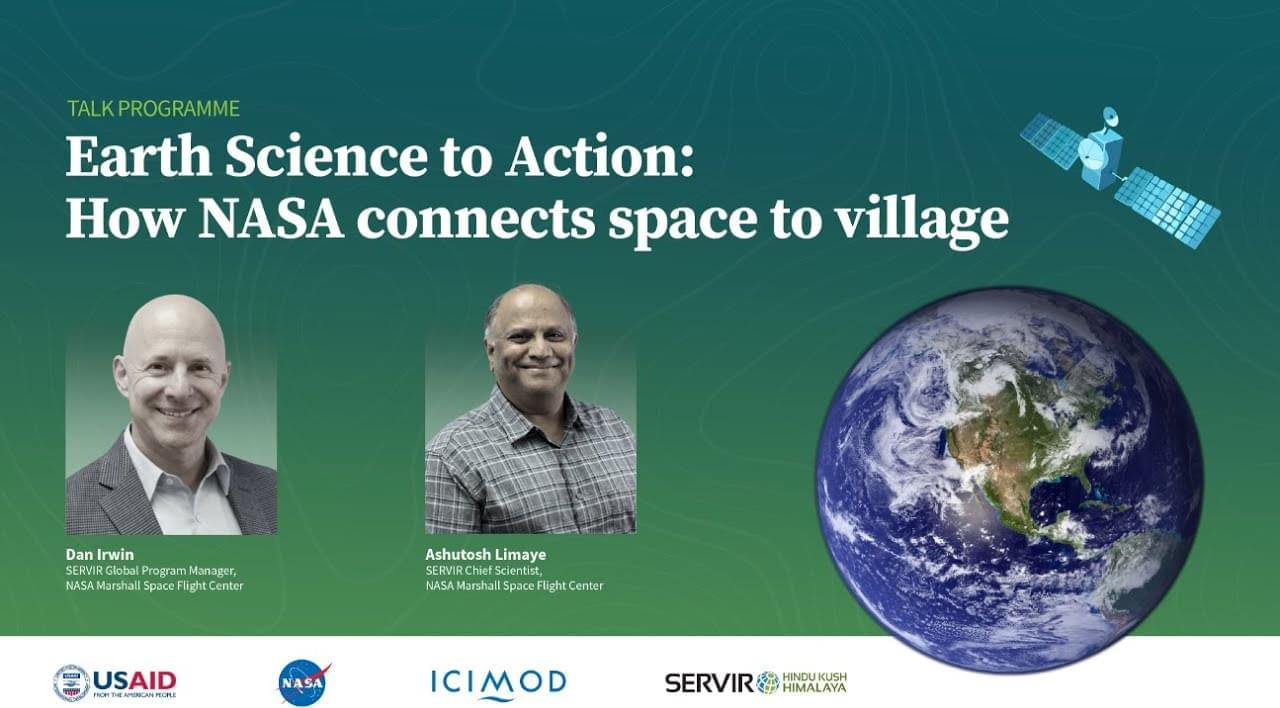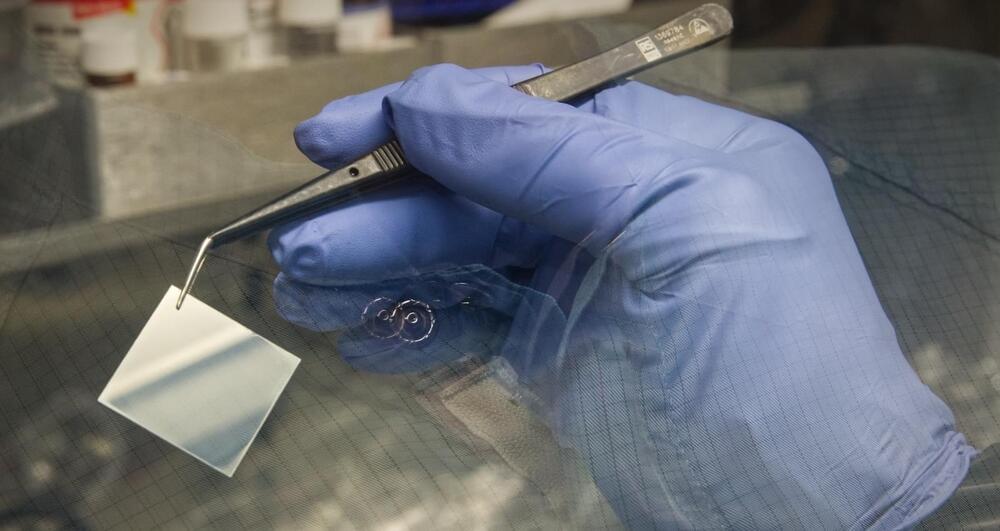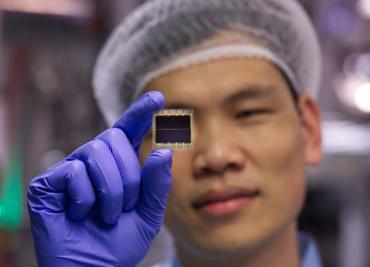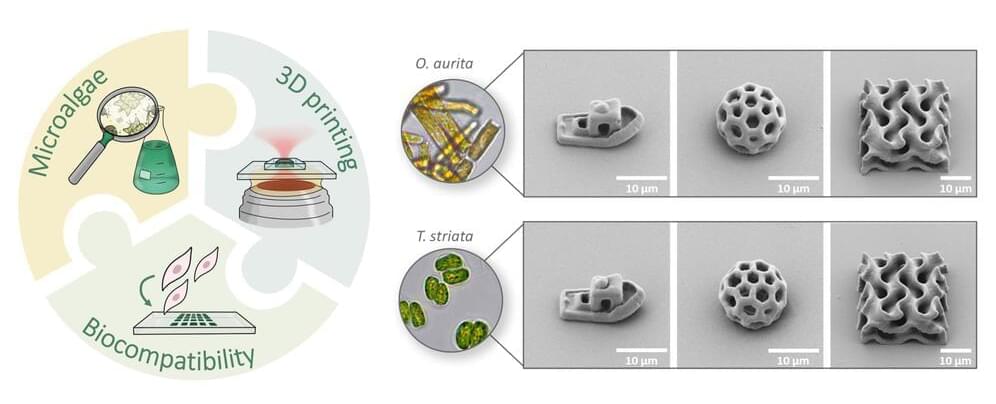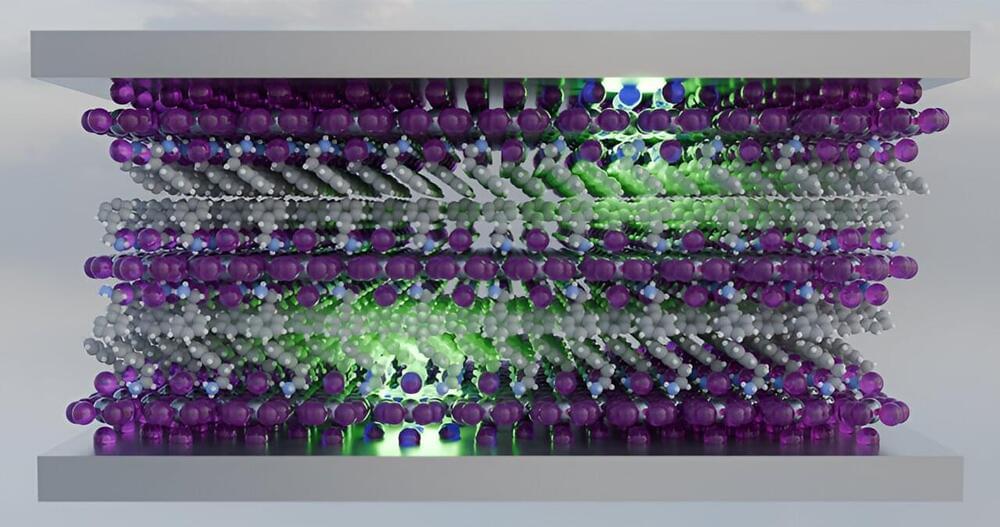Aug 11, 2024
Earth Science to Action: How NASA connects space to village
Posted by Genevieve Klien in categories: climatology, satellites, science, sustainability
‘Earth Science to Action: How NASA connects space to village’ Learn from experts how NASA’s cutting-edge Earth observation and satellite technology is empowering communities worldwide to tackle climate change and natural disasters. This talk, organised by the SERVIR-HKH initiative at ICIMOD, features key speakers Dan Irwin (SERVIR Global Program Manager) and Ashutosh Limaye (SERVIR Chief Scientist) from NASA Marshall Space Flight Center. Learn how these advancements are bridging the gap between data and actionable insights for a thriving planet.
